
linkstack
Self-hosted open-source Linktree alternative LinkStack is a highly customizable link sharing platform with an intuitive, easy to use user interface.
Browse our large and growing catalog of applications to run in your Unraid server.

Self-hosted open-source Linktree alternative LinkStack is a highly customizable link sharing platform with an intuitive, easy to use user interface.

Network Services• Management, Web, Other, Other, Tools / Utilities• Utilities
|------------------------------------------------- | General Information |------------------------------------------------- Linkwarden is a self-hosted, open-source collaborative bookmark manager to collect, organize and archive webpages. The objective is to organize useful webpages and articles you find across the web in one place, and since useful webpages can go away (see the inevitability of Link Rot), Linkwarden also saves a copy of each webpage as a Screenshot and PDF, ensuring accessibility even if the original content is no longer available. Additionally, Linkwarden is designed with collaboration in mind, sharing links with the public and/or allowing multiple users to work together seamlessly. |------------------------------------------------- | Register for an Account |------------------------------------------------- After the start of the Container you need to Sign up for an Account in your own Application. |------------------------------------------------- | SSO/OAuth Integrations |------------------------------------------------- Here are all the SSO/OAuth integrations Linkwarden has -> https://docs.linkwarden.app/self-hosting/sso-oauth
Allows you to control an AIO liquid-cooler and RGB devices, that are supported by liquidctl, with a small footprint docker-container. Find detailed information on the usage in the project page: https://github.com/avpnusr/liquidctl-docker
A diagnostic plugin that lets you test your RAM without needing to reboot.
Media Applications• Video, Other, Productivity, Tools / Utilities• Utilities
An open source project that provides scalable, multi-user conferencing based on WebRTC. It's designed to provide everything you need to build real-time video audio data capabilities in your applications.
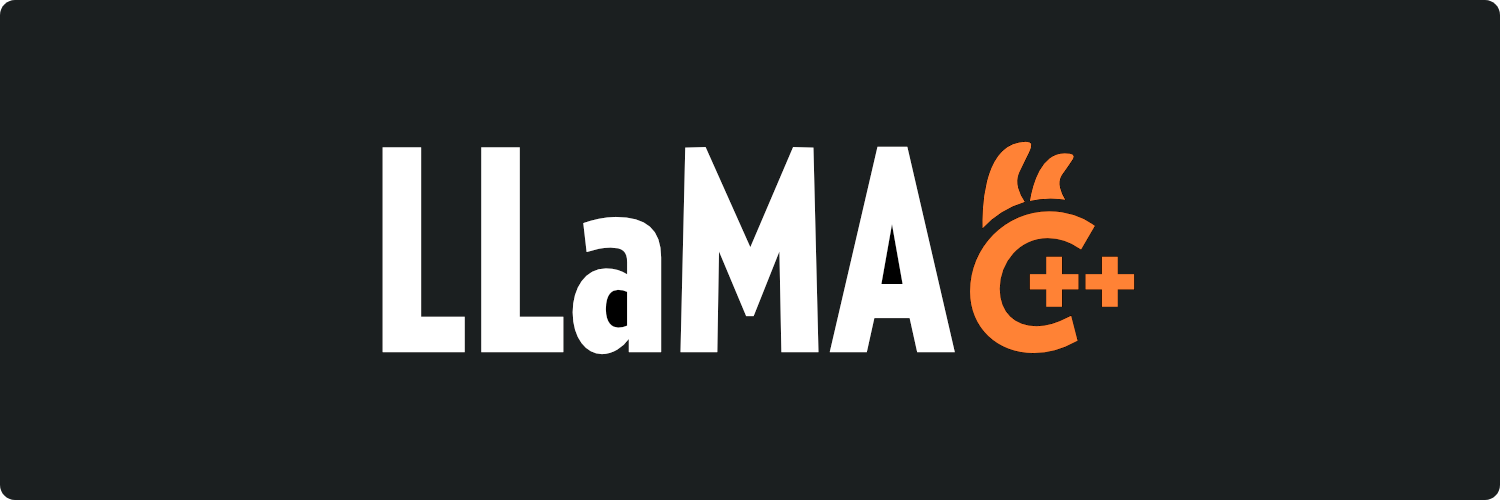
Inference of Meta's LLaMA model (and others) in pure C/C++
Network Services• Web, Security, Tools / Utilities• Utilities
A lightweight LDAP server for user management with a web interface. For more information please visit the GitHub repository.

A plugin that integrates a Link Layer Discovery Protocol service into UNRAID systems (speaking LLDP, CDP, FDP, SONMP and EDP). LLDP allows you to know exactly on which port is a server (and reciprocally). LLDP is an industry standard protocol designed to supplant proprietary Link-Layer protocols. The goal of LLDP is to provide an inter-vendor compatible mechanism to deliver Link-Layer notifications to adjacent network devices.
The free, Open Source OpenAI alternative. Self-hosted, community-driven and local-first. Drop-in replacement for OpenAI running on consumer-grade hardware. No GPU required. Runs gguf, transformers, diffusers and many more models architectures. It allows to generate Text, Audio, Video, Images. Also with voice cloning capabilities. Additional image variants are also available: https://localai.io/basics/container/#standard-container-images For Nvidia GPU support, add "--gpus all" to the Extra Parameters field under Advanced. For AMD GPU support, add "/dev/kfd" and "/dev/dri" each as a Device and add the required Variables: https://localai.io/features/gpu-acceleration/#setup-example-dockercontainerd For Intel iGPU support, add "/dev/dri" as a Device and add "--device=/dev/dri" to the Extra Parameters field under Advanced.

A self-hosted, open-source vehicle service records and maintainence tracker.
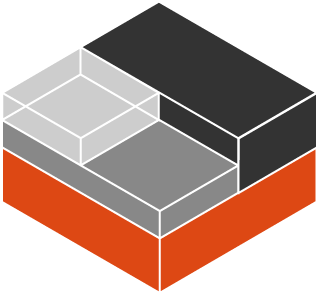
LXC is a well-known Linux container runtime that consists of tools, templates, and library and language bindings. It's pretty low level, very flexible and covers just about every containment feature supported by the upstream kernel. LXC (Linux Containers) is similar to Docker but with a key difference: while Docker abstracts away much of the system maintenance, LXC gives users greater control and responsibility over managing their environments. This allows for more customization and fine-tuning, making it ideal for users who prefer a hands-on approach.
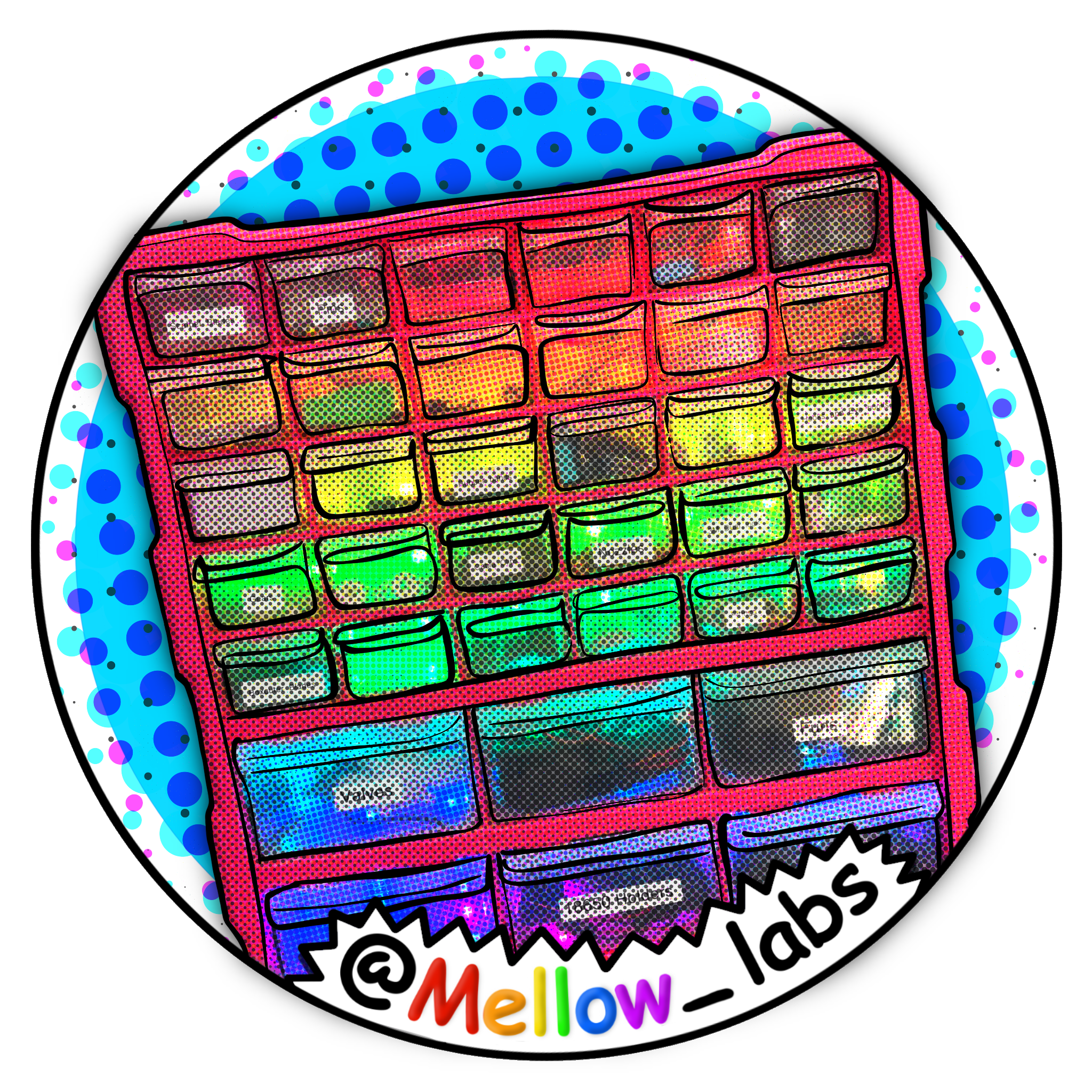
MIMOSA - short for "Mellow_Labs Inventory Management and Organization System Apparatus". Just like a refreshing mimosa, this system will make your life brighter and more organized! Check the Videos : Main Video: youtu.be/7C4i-2IqSS4 Step by step Video: https://youtu.be/QOd1apc0Lpo

Tagbox lets you identify the content of images by getting a list of ordered tags.

Videobox extracts frames from videos and passes them to other Machine Box boxes for processing.
Downloads and installs a macOS VM. Either Monterey, Big Sur, Catalina, Mojave or High Sierra. It will download the install media from Apple servers and convert it to a usable format for use for a VM. It can fully autoinstall a macOS VM on the server. Also it can prepare all files ready for a manual install if you prefer. Tools are also provided to fix the xml when the custom xml has been stripped out of the VM after its been edited by the Unraid VM manager. Usage Operating System Version: Choose version from below Big Sur (default) Monterey Catalina Mojave High Sierra VM Images Location: Location of your vm share ( default /mnt/user/domains/ ) Install Type: Auto install # (This will download MacOS and install needed files into your VM location.) Manual- install # (This will download MacOS and put all needed files into correct place ready for easy manual install.) Vdisk size : The size you want your vdisk to be created Vdisk type: Set vdisk type raw or qcow2 Opencore stock or custom: Select the defualt Opencore in Macinabox or use one added in macinabox appdata in the folder custom_opencore Delete and replace Opencore: Select No or Yes to delete your vms opencore image and replace with fresh one. Override defualt NIC type: Default No - Override the default nic type in the vm going to be installed. VM Images Location: You only need to change if your VM images are not in the default location /mnt/user/domains VM Images Location AGAIN: Only needs changing if you changed the above. Location must match the above. Isos Share Location: This is where macinabox will put install media and Opencore bootloader Isos Share Location AGAIN: You only need to change if your ISO images are not in the default location /mnt/user/isos appdata location: If you change this you will need to do the same in the macinabox help user script

Mafl is an intuitive service for organizing your homepage. Customize Mafl to your individual needs and work even more efficiently!
magnetico is an autonomous (self-hosted) BitTorrent DHT indexer / crawler / search engine suite.
Scans a IMAP Inbox and post every Mail to a Slack Channel

MailgunLogger is a simple admin tool that uses the Mailgun API to retrieves events on a regular basis from Mailgun - who only provide a limited time of event storage - and stores them inside a MySQL database.

Network Services• Web, Other, Other, Productivity, Tools / Utilities• Utilities
Mainsail makes Klipper more accessible by adding a lightweight, responsive web user interface, centred around an intuitive and consistent design philosophy. Download config.json BEFORE you start your container https://raw.githubusercontent.com/patrickstigler/unraid_app_templates/main/mainsail/config.json And put it in your config folder, the default is /mnt/user/appdata/mainsail/config.json Happy printing

Maintainerr makes managing your media easy. Create custom rules with parameters across different services, show matching media on the Plex home screen for a given amount of days and handle the deletion.
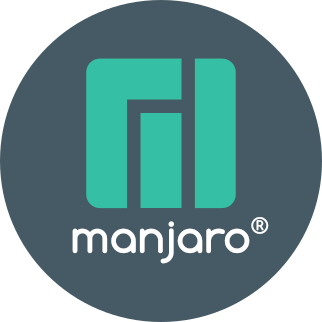
Downloaders, Network Services• Web, Tools / Utilities• Utilities
Docker container which mirrors manjaro packages and serves them via nginx This image is based on the alpine image and uses rsync to synchronize the packages and nginx to deliver them. Manjaro has provided a list of Rsync-capable mirrors at https://wiki.manjaro.org/index.php/Manjaro_Mirrors, which synchronize from the official Manjaro server. It's best to choose the one closest to you. Region URI Asia / Japan rsync://ftp.tsukuba.wide.ad.jp/manjaro Europe / Germany rsync://ftp.halifax.rwth-aachen.de/manjaro/ Europe / Sweden rsync://ftp.lysator.liu.se/pub/manjaro/ Europe / Italy rsync://manjaro.mirror.garr.it/manjaro/ Europe / United Kingdom rsync://mirrorservice.org/repo.manjaro.org/repos/ RU / Russian Federation rsync://mirror.yandex.ru/mirrors/manjaro/

Manyfold is a Digital Asset Manager (DAM), specifically designed for 3D print files. Create a library pointing at your files on disk, and it will scan for models and parts. It assumes that any folders containing STL or OBJ files are models, and the files within them are parts. You can then view the files easily through your browser! https://github.com/manyfold3d/manyfold
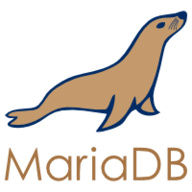
Media Applications• Other, Network Services• Other, Other, Tools / Utilities• Utilities
Mariadb(https://mariadb.org/) is one of the most popular database servers. Made by the original developers of MySQL.

Network Services• Other, Other, Tools / Utilities• Utilities
Official MariaDB database container. It allows to set a database and username without using the console. MariaDB is a community-developed, commercially supported fork of MySQL (RDBMS). Root Password: This container creates by default a random root password on initial execution. Open Docker > MariaDB Icon > Logs > Scroll down to "GENERATED ROOT PASSWORD" to find it. Creating database dumps docker exec MariaDB-Official sh -c 'exec mysqldump --all-databases -uroot -p"YOUR_ROOT_PASSWORD"' > /mnt/user/Backups/all-databases.sql Restoring data from dump files docker exec -i MariaDB-Official sh -c 'exec mysql -uroot -p"YOUR_ROOT_PASSWORD"' < /mnt/user/Backups/all-databases.sql

Matchering 2.0 is a novel Containerized Web Application and Python Library for audio matching and mastering. It follows a simple idea - you take TWO audio files and feed them into Matchering: TARGET (the track you want to master, you want it to sound like the reference) REFERENCE (another track, like some kind of "wet" popular song, you want your target to sound like it) Our algorithm matches both of these tracks and provides you the mastered TARGET track with the same RMS, FR, peak amplitude and stereo width as the REFERENCE track has.

Media Applications• Video, Media Servers• Video, Productivity, Tools / Utilities• Utilities
Materialious is a privacy respecting frontend for YouTube built ontop of Invidious.

Matomo, formerly Piwik, is a free and open-source web analytics application developed by a team of international developers, that runs on a PHP/MySQL webserver. It tracks online visits to one or more websites and displays reports on these visits for analysis.
Matomo is a free and open source web analytics application written by a team of international developers that runs on a PHP/MySQL webserver.
Network Services• Messenger, VOIP, Productivity, Tools / Utilities• Utilities
Run a sliding sync proxy. An implementation of MSC3575 for you Synapse Backend. Setup Process: Requires Postgres 13+. createdb syncv3 SYNCV3_SERVER Required. The destination homeserver to talk to (CS API HTTPS URL) e.g 'https://matrix-client.matrix.org' (Supports unix socket: /path/to/socket) SYNCV3_DB Required. The postgres connection string: https://www.postgresql.org/docs/current/libpq-connect.html#LIBPQ-CONNSTRING SYNCV3_SECRET Required. A secret to use to encrypt access tokens. Must remain the same for the lifetime of the database. SYNCV3_BINDADDR Default: 0.0.0.0:8008. The interface and port to listen on. (Supports unix socket: /path/to/socket) Create the secret with: openssl rand -hex 32 More Information: https://github.com/matrix-org/sliding-sync